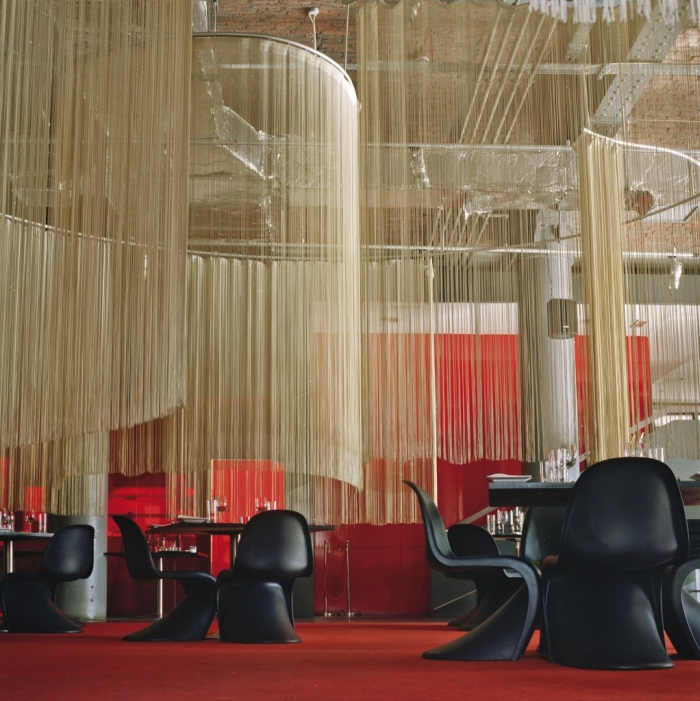Deutscher Werkbund Movement
By: Katie Kaywood
Flash Back in the Past of Design:
The Deutscher Werkbund movment was a German association of craftsman; artists, architects, designers, and industrialists. It started in the late 1800s and was founded in Munich, Germany.
This movement was the development of modern day architecture and industrial design, its purpose was to establish a partnership of product manufacturers to improve the competition of German companies. It integrated traditional crafts and industrial techniques that allowed Germany to compete against England and the United States.
This movement was similar to the Arts and Crafts Movement. It was a protest against the artistic establishment and had set the stage for the international style and art deco style. The collaboration between design professional with product manufacturers helped improve competitiveness of German design.
The Deutsche Werkbund association were determined on changing Germany as a world power and bringing the culture of art and creation to the focus of German life. They saw little distinction between architecture, art, and print, this started to infiltrate into product design.
The Vienna secession and Werkbund pronounce influence on Bauhaus Designers, the Vienna group included Josef Olbrich, Gustav Klimt, Otto Wagner, Adolf Loos, Josef Hoffmann and Koloman Moser.
The Vienna Secession building was an exhibition designed by Josef Olbrich. It was symbolically known for a "proto-modern" building. Josef Olbrich designed this building using geometric shapes and curvilinear artwork.
Along with Josef, Gustav Klimt was an Australian symbolist painter and used naturalistic qualities and curvature in his paintings. Also from Austria Otto Wagner believed in staunch functionalism, he designed furniture similar to Klimt with curvature and geometric shapes.
In this secession Adolf Loose was another designer that made his furniture hand made with natural qualities and curves. Josef Hoffman was another architect/designer that made furniture as well as textiles and did glass/metal work in this secession. He was very innovative and progressive with his designs. Lastly Koloman Moser, his designers were quite intricate. He made all kinds of furniture and patterns with geometric shapes, curves and natural.
All of these designers had the same ideal in their designs and architecture, they were powerful and beautiful. They used geometric shapes, curves, naturalistic qualities and symmetry when producing their creations. Here are a few applications:
Current Application:
When reading Ali's blog and I really like her examples of the current applications. Her choice of images were very helpful with addressing each characteristic that is the Deutscher Werkbund Movement. Ali's blog also showed great examples that demonstrated the differences and similarities of the furniture that was constructed during this time period.For further information watch this video:
https://www.youtube.com/watch?v=Eyjr9kn9dLE














No comments:
Post a Comment